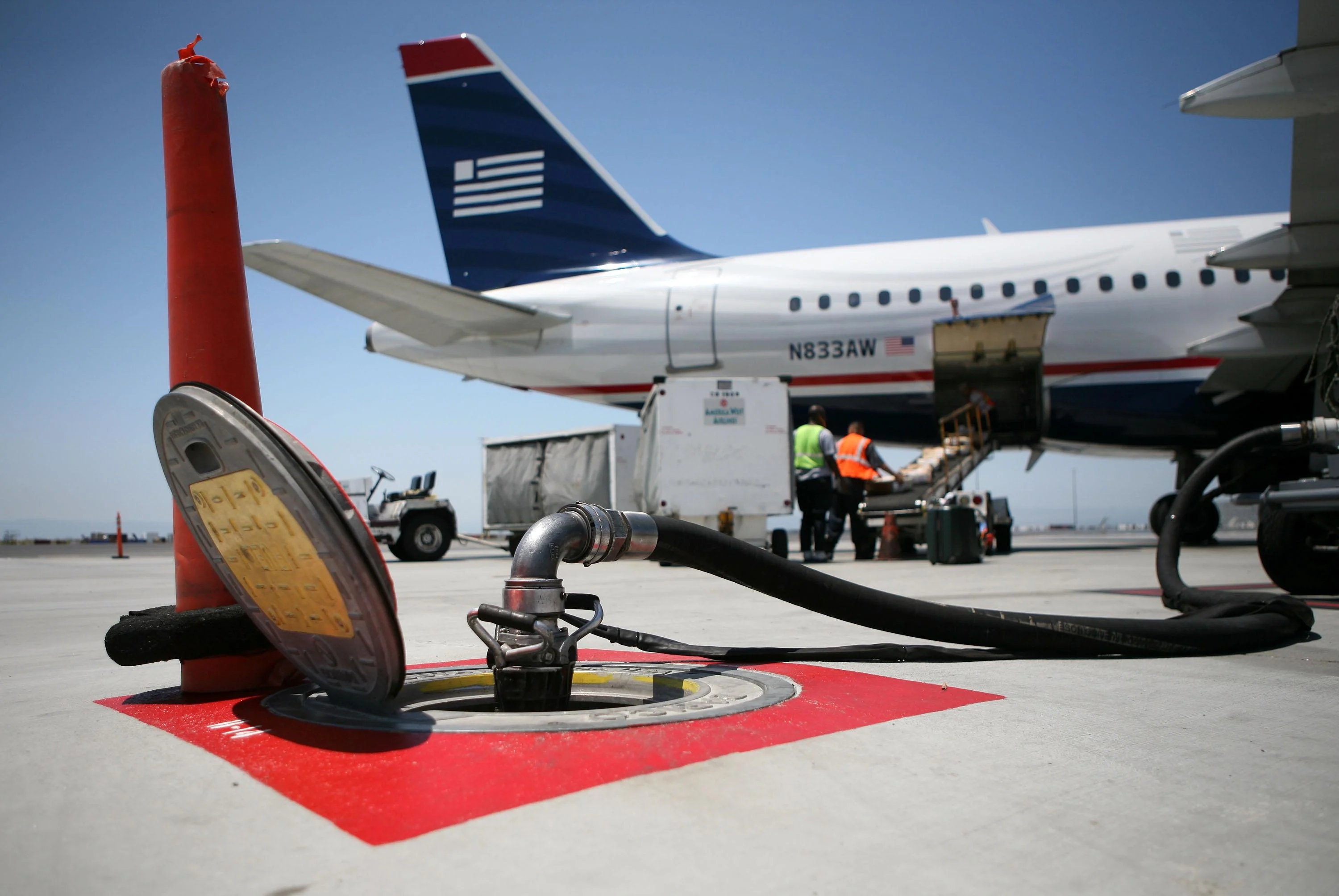5 Surprising Facts about Aircraft Fuel Tanks
June 15, 2015
Fuel Tank Safety
Trans World Airlines Flight 800 exploded and crashed into the Atlantic Ocean in 1996 with the probable cause cited as an explosion of flammable fuel/air vapors in the fuel tank, most likely from a short circuit. This event served as a catalyst for fuel-tank regulations in the past 19 years. Since 1996, the FAA issued more than 100 airworthiness directives and Special Federal Aviation Regulations to mitigate ignition sources and reduce the flammability of the tank.

Fuel Tank Inerting
Fuel tank inerting is a system designed to reduce the flammability of center fuel tanks on commercial aircraft. Oxygen in the fuel tank is replaced with an inert gas (such as nitrogen). Although military aircraft have used inerting systems since World War II, the system was widely thought to be too complicated, heavy and expensive for commercial aircraft until 2002. At that time, the FAA built a prototype of an onboard inerting system that used bleed air without a compressor or moving parts. Installed on a Boeing 747-SP the system only weighed about 200 lb. (compared to military inerting systems that weighed thousands of pounds).

Inside the Tank
To inspect and modify aircraft fuel tanks, much of the work has to be done from the inside. Workers must physically enter the tank where they are exposed to hazards such as fire, explosion, toxic and irritating chemicals, and oxygen deficiency. Safety measures are mandatory to ensure adequate ventilation, as is monitoring of inspections and repairs. Airman 1st Class James Trainer tightens a fuel pump on a C-130 trainer wing at Little Rock AFB, Arkansas.

SR-71 Blackbird Fuel Tank
Special fuel and fuel tank requirements had to be customized in the creation of the SR-71 Blackbird. The aircraft carries six main fuel tanks with 80,000 lb. of gas that would heat up to 200C (400F) and required the development of a special fuel with a very high flashpoint to lower the chances of an explosion or fire. The fuel tanks are all externally placed due to expansion and contraction cycles from extreme heat.

Fuel Tank Boats?
Farmers in southern Vietnam developed an interesting way to recycle aircraft fuel tanks after the Vietnam War. The group recycled thousands of external fuel tanks from U.S. aircraft to create river boats and canoes. This boat is crafted from a B-52 bomber fuel tank.

Fuel Tank Safety
Trans World Airlines Flight 800 exploded and crashed into the Atlantic Ocean in 1996 with the probable cause cited as an explosion of flammable fuel/air vapors in the fuel tank, most likely from a short circuit. This event served as a catalyst for fuel-tank regulations in the past 19 years. Since 1996, the FAA issued more than 100 airworthiness directives and Special Federal Aviation Regulations to mitigate ignition sources and reduce the flammability of the tank.

Fuel Tank Inerting
Fuel tank inerting is a system designed to reduce the flammability of center fuel tanks on commercial aircraft. Oxygen in the fuel tank is replaced with an inert gas (such as nitrogen). Although military aircraft have used inerting systems since World War II, the system was widely thought to be too complicated, heavy and expensive for commercial aircraft until 2002. At that time, the FAA built a prototype of an onboard inerting system that used bleed air without a compressor or moving parts. Installed on a Boeing 747-SP the system only weighed about 200 lb. (compared to military inerting systems that weighed thousands of pounds).

Inside the Tank
To inspect and modify aircraft fuel tanks, much of the work has to be done from the inside. Workers must physically enter the tank where they are exposed to hazards such as fire, explosion, toxic and irritating chemicals, and oxygen deficiency. Safety measures are mandatory to ensure adequate ventilation, as is monitoring of inspections and repairs. Airman 1st Class James Trainer tightens a fuel pump on a C-130 trainer wing at Little Rock AFB, Arkansas.

SR-71 Blackbird Fuel Tank
Special fuel and fuel tank requirements had to be customized in the creation of the SR-71 Blackbird. The aircraft carries six main fuel tanks with 80,000 lb. of gas that would heat up to 200C (400F) and required the development of a special fuel with a very high flashpoint to lower the chances of an explosion or fire. The fuel tanks are all externally placed due to expansion and contraction cycles from extreme heat.

Fuel Tank Boats?
Farmers in southern Vietnam developed an interesting way to recycle aircraft fuel tanks after the Vietnam War. The group recycled thousands of external fuel tanks from U.S. aircraft to create river boats and canoes. This boat is crafted from a B-52 bomber fuel tank.
Safety regulations, maintenance, SR-71 Blackbird and recycling facts about aircraft fuel tanks.
Sources: Aircraft Accident Report - National Transportation Safety Board, FAA Fact Sheet- Fuel Tank Safety, SR-71 Blackbird, Ever wonder what happened to U.S. military aircraft left behind after the Vietnam War? and Hazards of Airplane Fuel-Tank Entry - Boeing...




